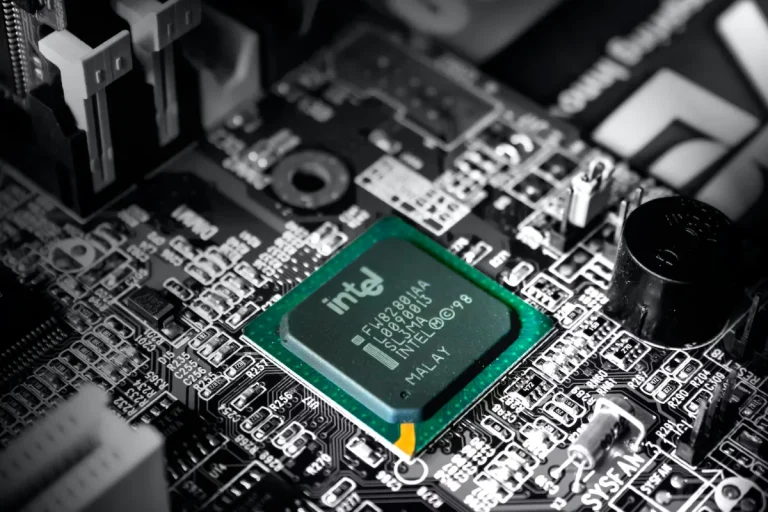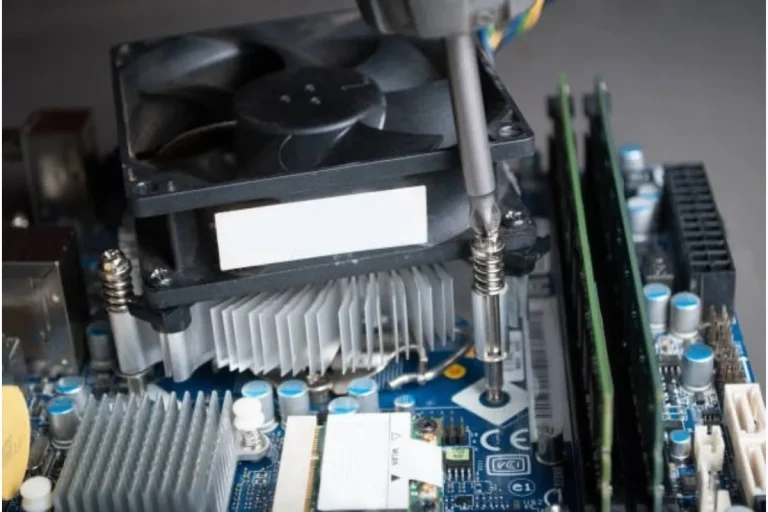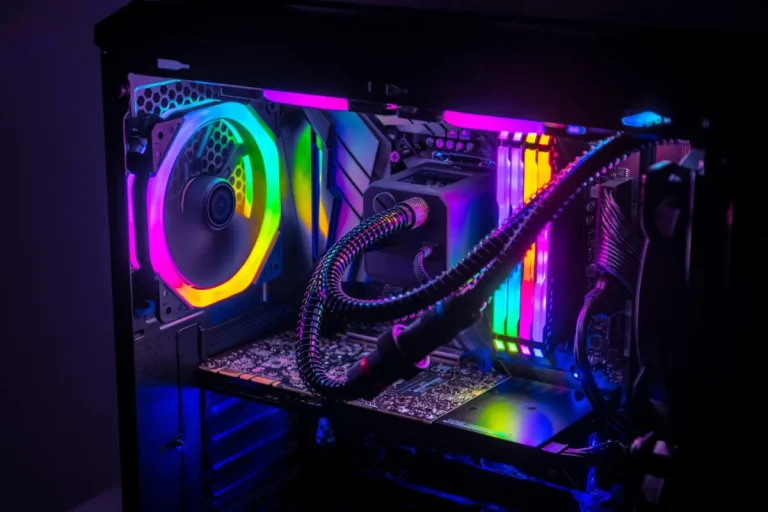What does it mean when a motherboard has “built-in WiFi”?
Are you wondering what it means when a motherboard has “built-in WiFi”? Well, let’s dive into this exciting topic! A motherboard is a crucial component of your computer, and having built-in WiFi means it has the capability to connect to wireless networks without needing a separate adapter. It’s like having WiFi right out of the box.
Benefits of Built-in WiFi
Having a motherboard with built-in WiFi brings along a multitude of advantages that can greatly enhance your computing experience.
Improved Connectivity and Faster
With built-in WiFi, you can bid farewell to tangled cables and enjoy seamless connectivity. Whether you’re browsing the web, streaming videos, or playing online games, built-in WiFi ensures a stable and reliable connection.
This means fewer interruptions and a smoother online experience. Additionally, built-in WiFi often supports the latest wireless standards, allowing for faster data transfer speeds, and enabling quick file downloads and uploads.
Enhanced Mobility and Flexibility
Gone are the days of being tethered to a wired connection. Built-in WiFi provides users with the freedom to move around their home or office while staying connected to the internet.
Whether you need to work in a different room or relax on the couch while streaming your favorite shows, built-in WiFi allows you to do so effortlessly. The convenience and flexibility it offers can greatly improve your productivity and overall comfort.
Compatibility with Various Wireless
Motherboards with built-in WiFi are designed to be compatible with a range of wireless standards and protocols. This means you can connect to different types of WiFi networks, whether it’s a standard 2.4GHz network or a faster 5GHz network.
Additionally, built-in WiFi often supports advanced features like Multiple-Input Multiple-Output (MU-MIMO) technology, which allows for faster and more efficient data transmission in environments with multiple connected devices.
Choosing a Motherboard with Built-in WiFi
When it comes to selecting a motherboard with built-in WiFi, there are a few important factors to consider. These considerations will ensure that the motherboard meets your specific needs and provides a seamless wireless experience. Let’s explore these factors in detail:
Compatibility with Other System
First and foremost, it’s crucial to ensure that the motherboard with built-in WiFi is compatible with the other components in your system.
This includes checking the motherboard’s socket type to match your processor, the type and amount of RAM it supports, and the available expansion slots for future upgrades. Compatibility ensures that all your system components work together harmoniously.
Supported WiFi Standards and Frequency
It’s essential to check the supported WiFi standards and frequency bands of the motherboard. The most common WiFi standards are 802.11ac and the newer 802.11ax (also known as Wi-Fi 6).
Make sure the motherboard supports the WiFi standard that matches your router or network setup. Additionally, consider the frequency bands it supports, such as 2.4GHz and 5GHz, to ensure compatibility with your network’s capabilities.
Additional Features like Bluetooth
When choosing a motherboard with built-in WiFi, it’s worth considering any additional features it may offer. Bluetooth connectivity can be handy for connecting wireless peripherals such as keyboards, mice, and headphones.
Look for features like MU-MIMO (Multiple-Input Multiple-Output) technology, which improves performance in crowded network environments, and beamforming, which enhances signal strength and coverage.
Tips for Maximizing Built-in WiFi Performance

To make the most out of your motherboard’s built-in WiFi capabilities, there are a few simple tips you can follow to optimize its performance. By implementing these tips, you can ensure a reliable and fast wireless connection. Let’s dive into the details:
Placement of the Computer and Antennas
The placement of your computer and its antennas plays a significant role in maximizing WiFi performance. Position your computer in a central location within your home or office to minimize obstructions and maximize signal reception.
Avoid placing it near walls, large metal objects, or other electronic devices that can interfere with the WiFi signal. Additionally, make sure to extend the antennas fully and position them vertically for better coverage.
Updating Drivers and Firmware
Regularly updating your motherboard’s drivers and firmware is essential to ensure optimal performance. Manufacturers often release updates that include bug fixes, security patches, and new features.
Check the manufacturer’s website periodically to download and install the latest drivers and firmware for your motherboard. This will ensure that you have access to the latest enhancements and improvements for your built-in WiFi.
Using WiFi Extenders or Mesh Systems
If you have a larger home or office space, you may encounter areas with weaker WiFi signals. To overcome this, consider using WiFi extenders or mesh systems. WiFi extenders amplify the existing WiFi signal, extending its reach to cover dead zones.
Mesh systems, on the other hand, use multiple interconnected access points to create a seamless WiFi network throughout your space. These solutions can significantly improve WiFi coverage and eliminate frustrating dead spots.
Frequently Asked Questions
1. What is Wi-Fi 6E and how does it differ from previous Wi-Fi standards?
Wi-Fi 6E is an emerging Wi-Fi standard that operates in the 6 GHz frequency band. It offers increased bandwidth and less congestion compared to previous Wi-Fi standards, resulting in faster and more reliable connections.
2. What advanced security features can be expected in motherboard WiFi modules?
Future motherboard WiFi modules are likely to integrate advanced security features such as WPA3 encryption, which provides stronger protection against unauthorized access.
3. Will built-in WiFi become more prevalent in future computer systems?
Yes, the prevalence of built-in WiFi in computer systems is expected to increase in the future. With the growing demand for wireless connectivity, manufacturers are incorporating WiFi capabilities directly into motherboards.
4. What are the advantages of using built-in WiFi in computer systems?
Built-in WiFi offers several advantages, including a streamlined setup and reduced clutter since there is no need for external adapters or dongles. It also provides a more integrated and reliable wireless connection compared to external solutions.
5. Are there any limitations or considerations when using built-in WiFi?
While built-in WiFi offers convenience, it is important to consider potential limitations. Factors such as the location of the computer, distance from the router, and the presence of physical obstructions can affect signal strength and overall performance.
Conclusion
when a motherboard has “built-in WiFi,” it means that the motherboard comes with a wireless networking capability right out of the box. You don’t need to purchase a separate WiFi adapter or dongle. It’s like having WiFi built directly into your computer’s brain, making it convenient and hassle-free to connect to the internet wirelessly. Say goodbye to tangled cables and hello to seamless online connectivity.



